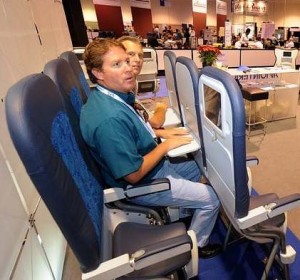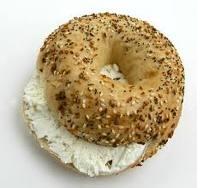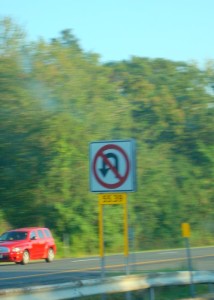 There is an interesting article in the Times about a new kind of airline seat. Amusingly called the SkyRider, it’s more squat than seat. I think the look on this guy’s face says it all.
There is an interesting article in the Times about a new kind of airline seat. Amusingly called the SkyRider, it’s more squat than seat. I think the look on this guy’s face says it all.
Not surprisingly, this is all about money–and a lot of it. This seat has a pitch of 23 inches; pitch is airline jargon for the distance between a point on a seat and the identical point on the next seat, sort of like the wavelength of a wave. On typical commercial aircraft, pitch is closer to 32 inches. An airline could therefore install many more of these new seats, and of course, more seats means more tickets means more money.
For instance, on an aircraft with 20 rows of seats with a 32-inch pitc you could get almost 28 rows of SkyRiders in there. That’s 8 extra rows, so about 48 extra tickets. At two or three hundred dollaras per ticket, that’s a nice increase in revenue–on the order of an extra $10000 per flight. You could even charge less for these seats and still make more money.
As bad as this sounds, it’s not nearly as objectionable as paying to use the bathroom on a plane.



